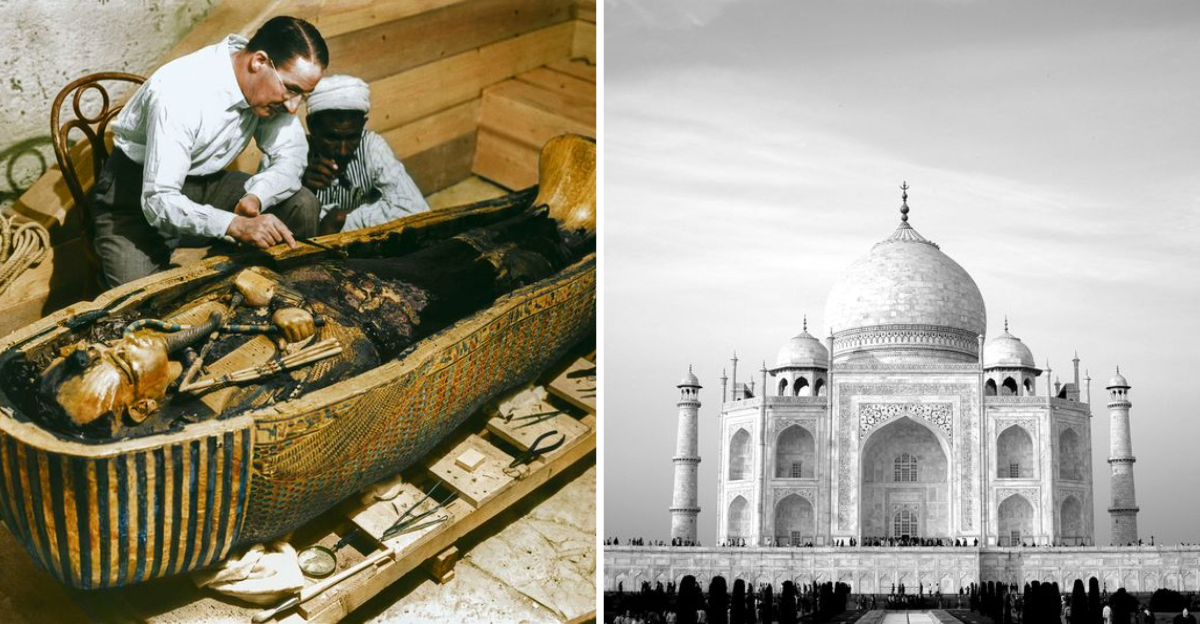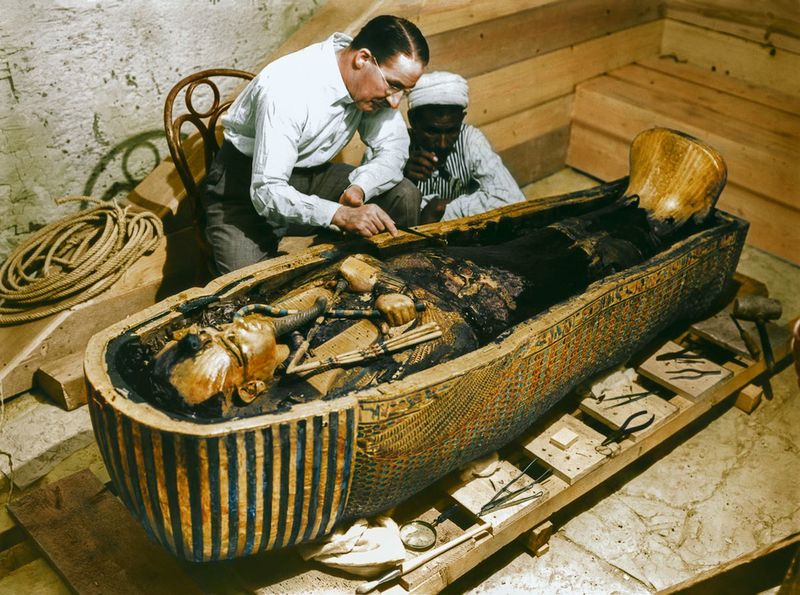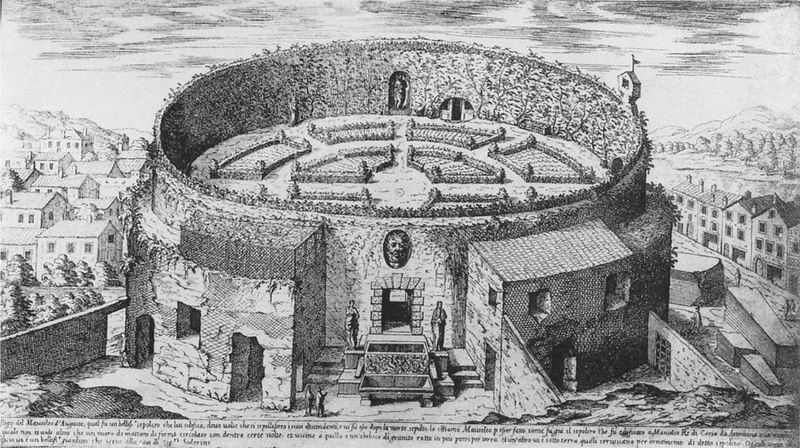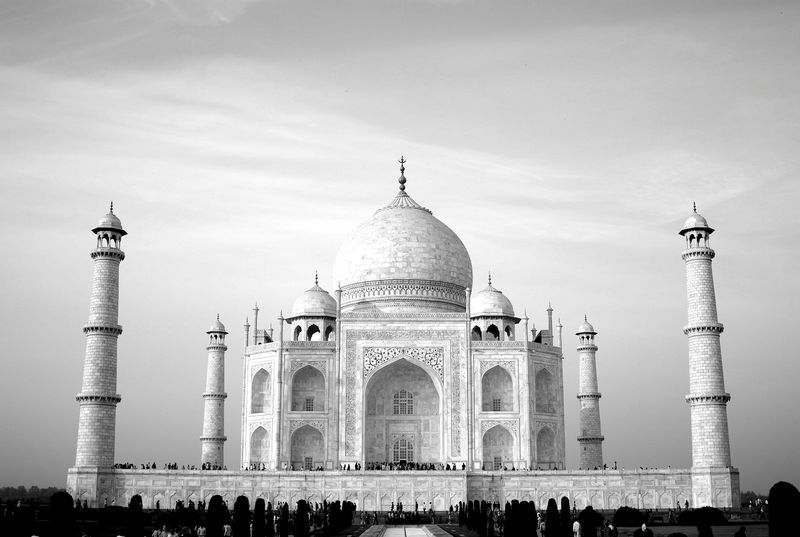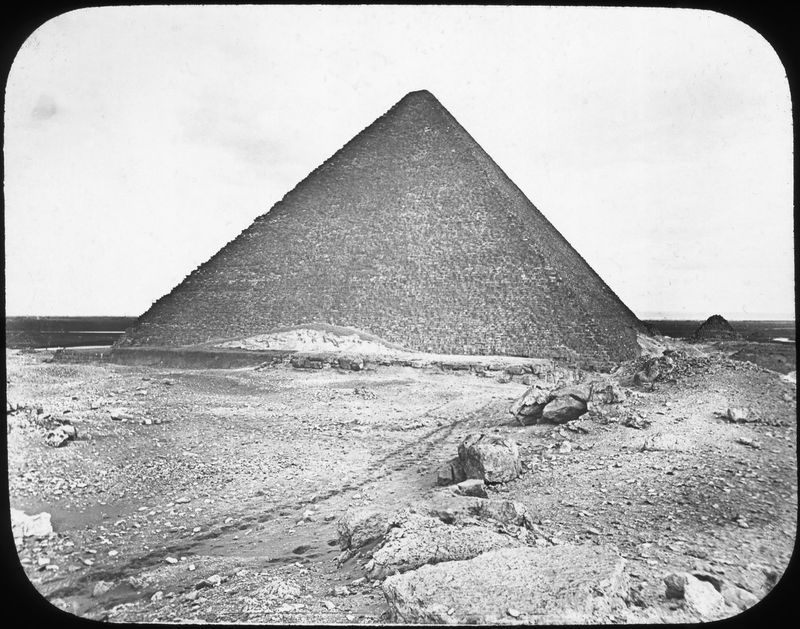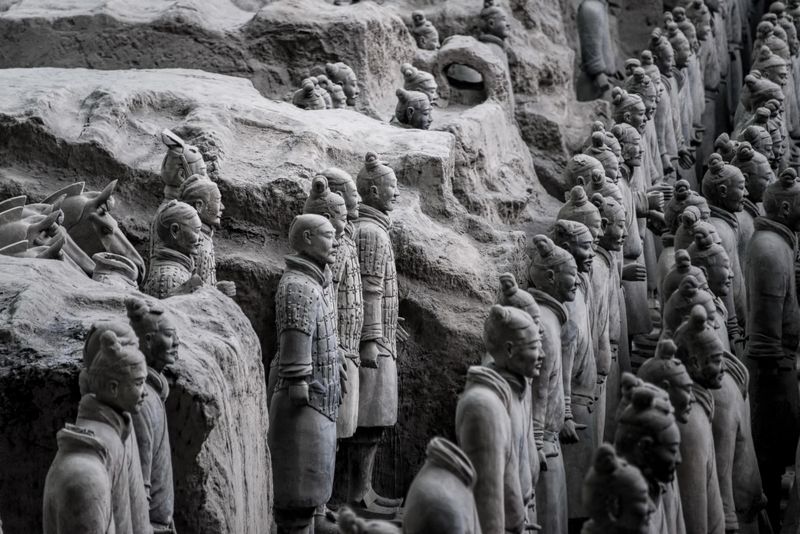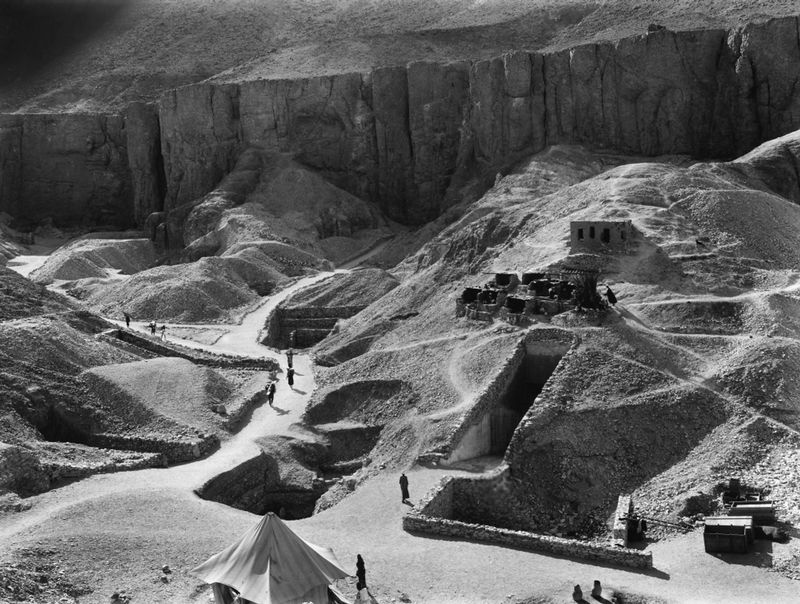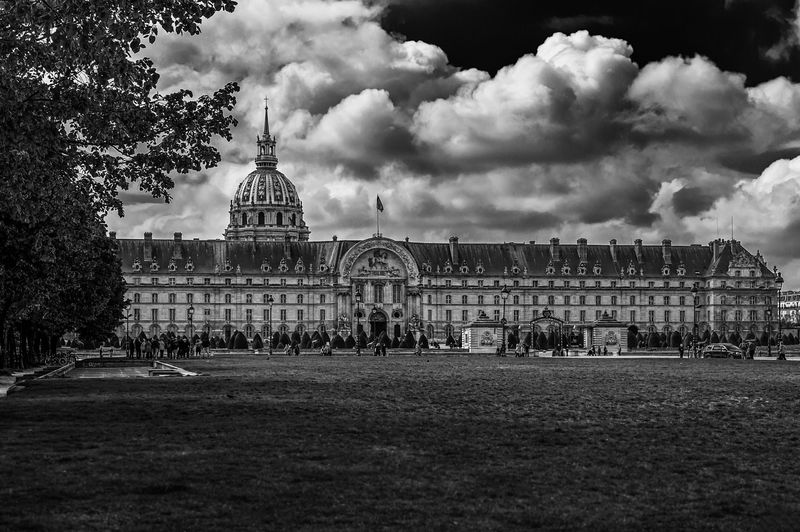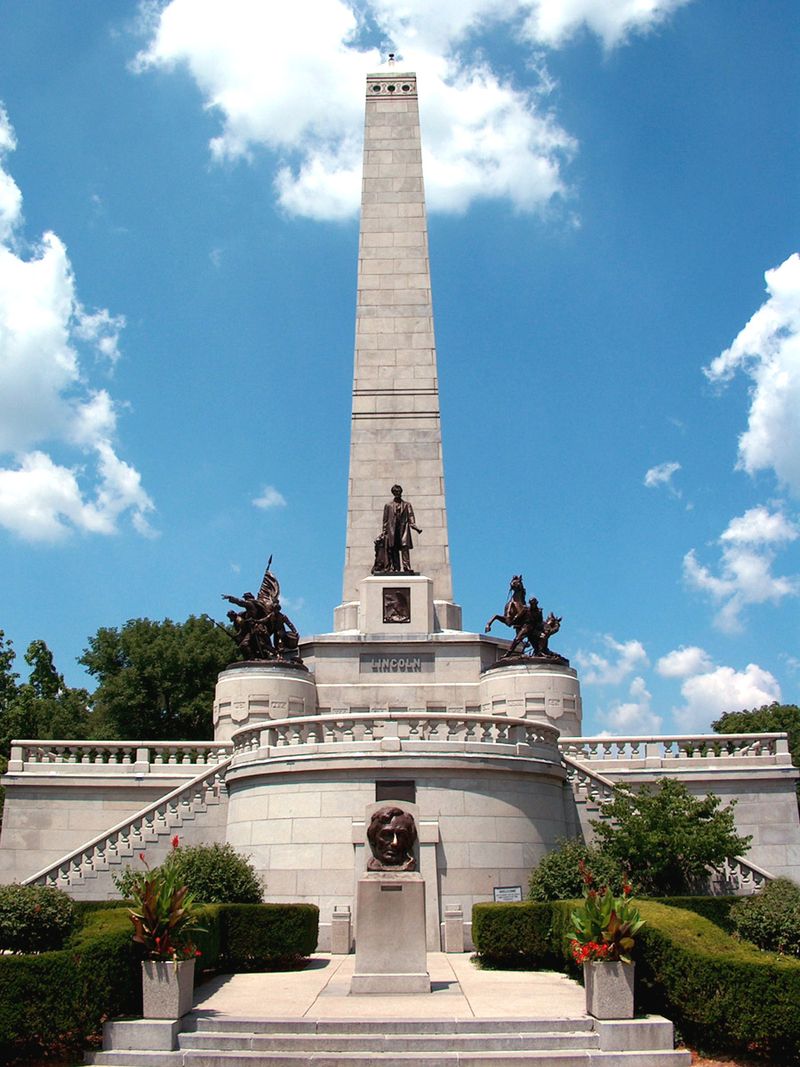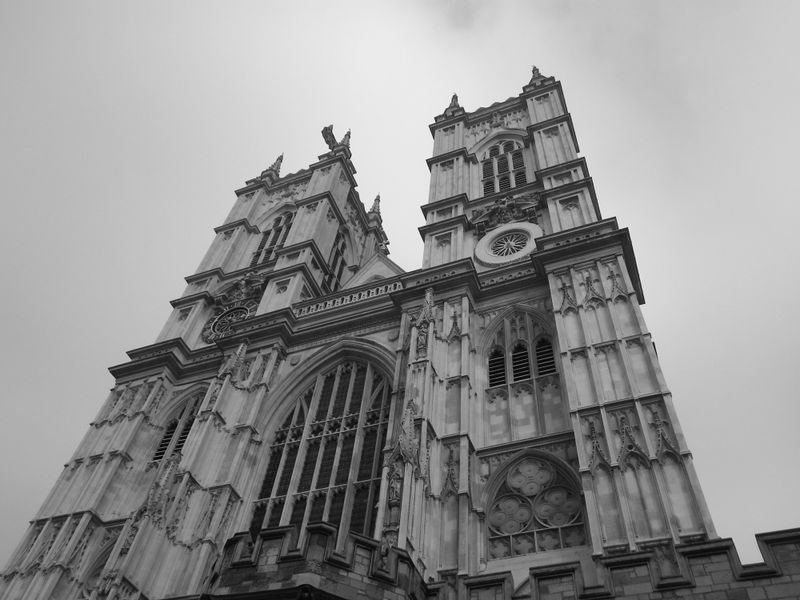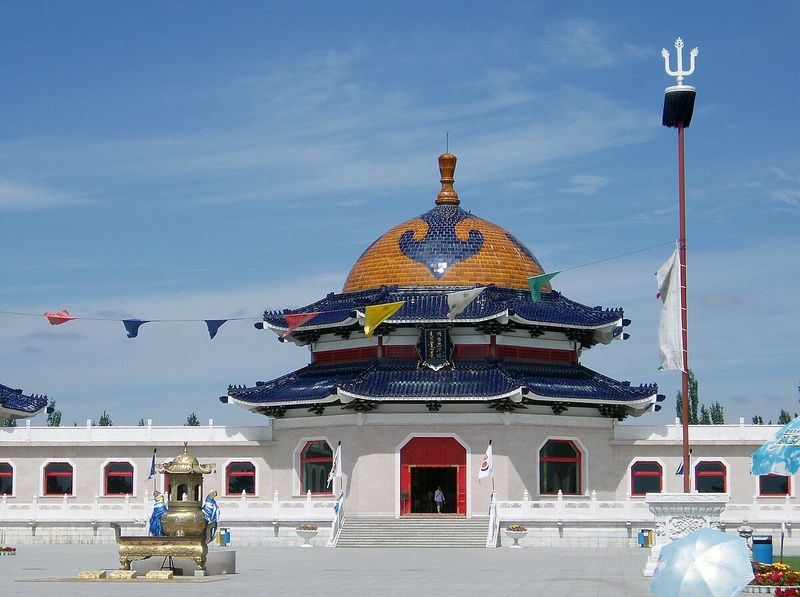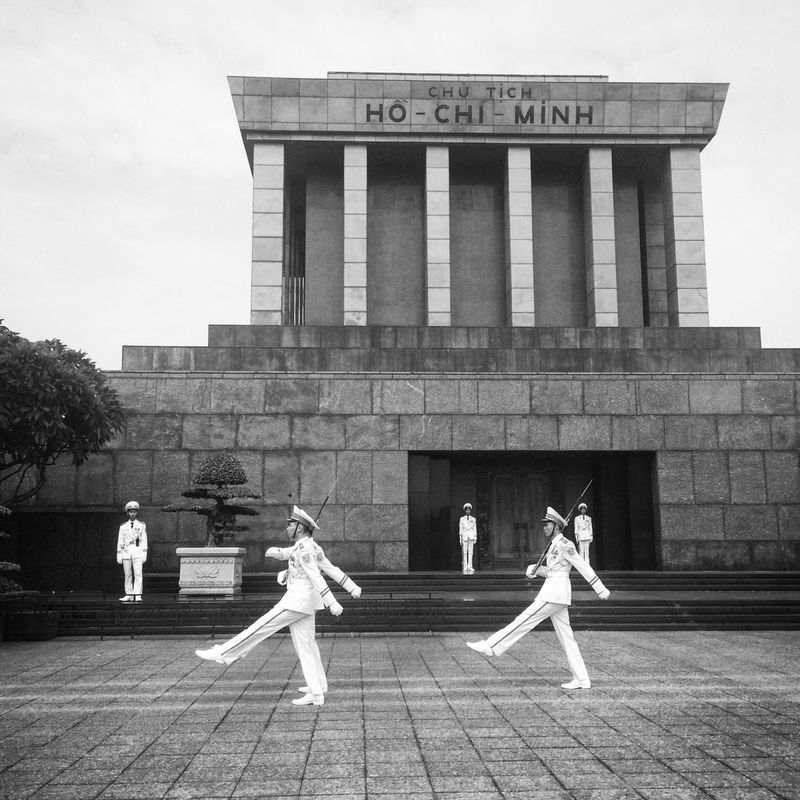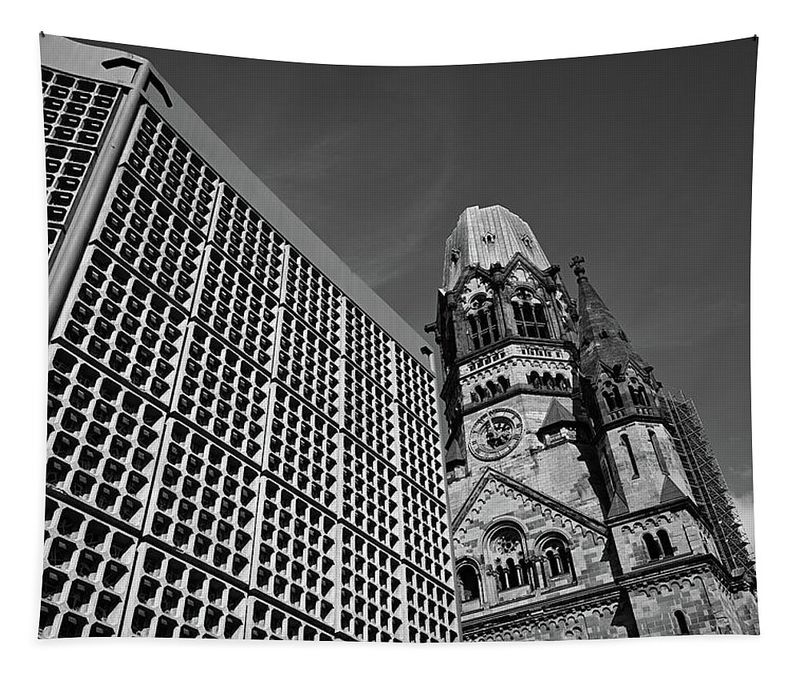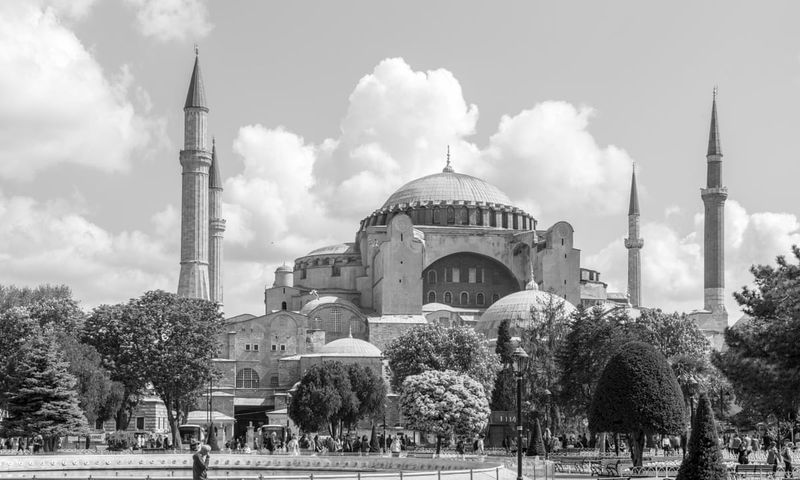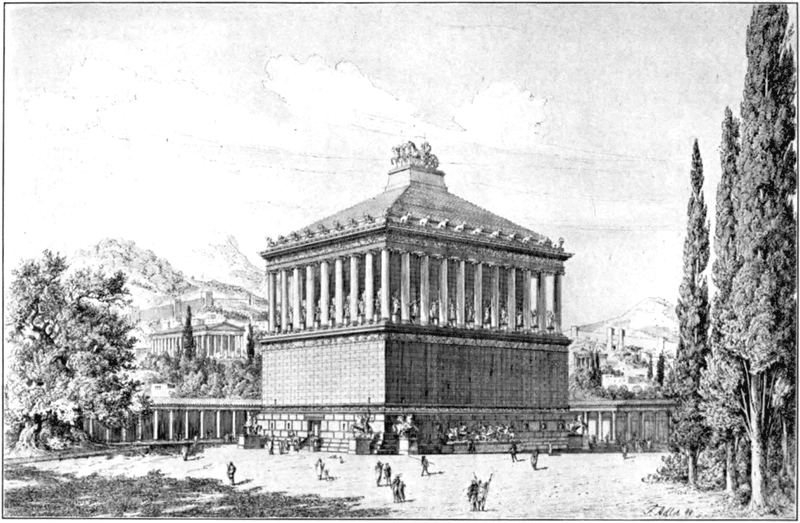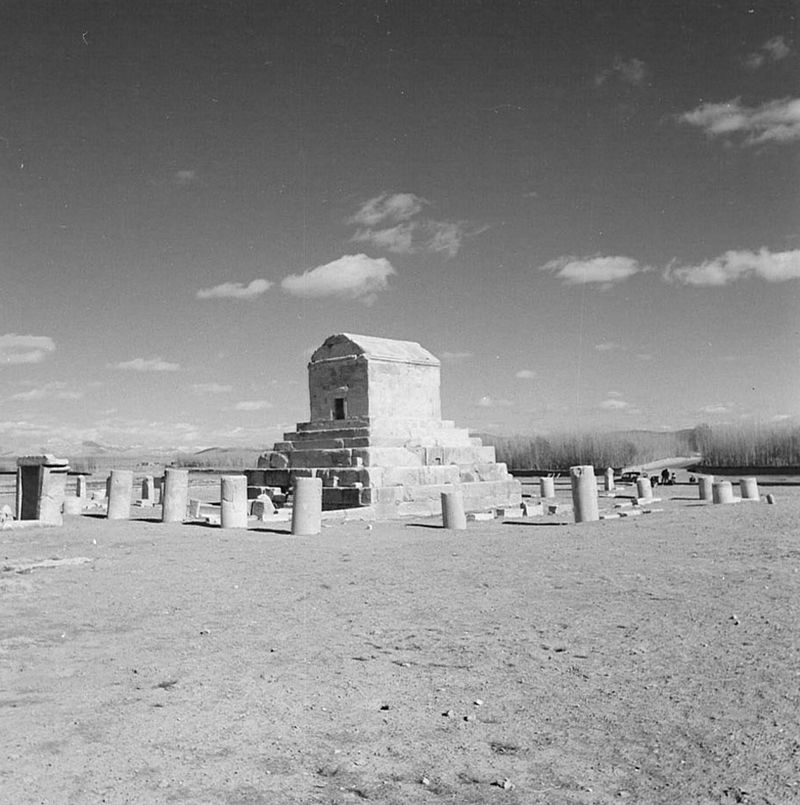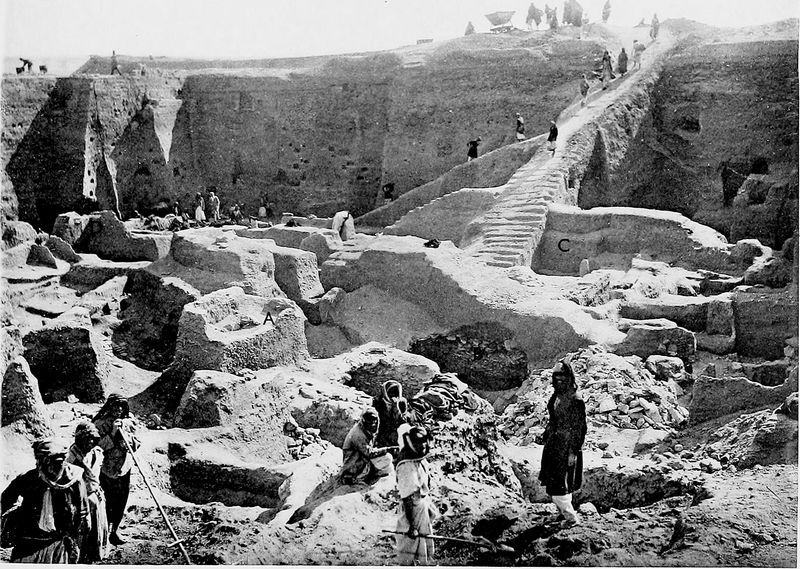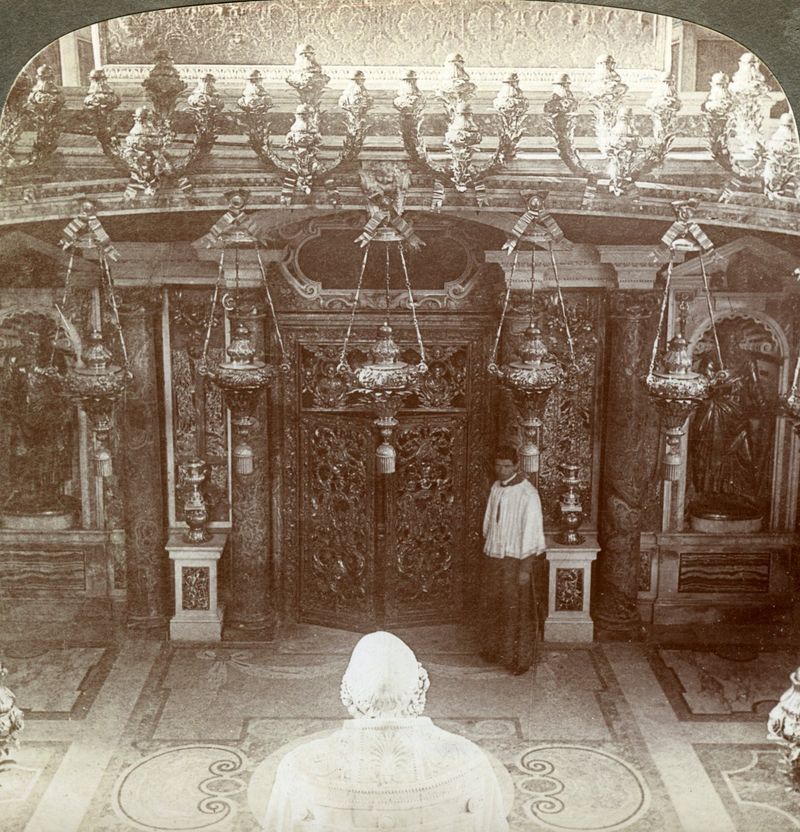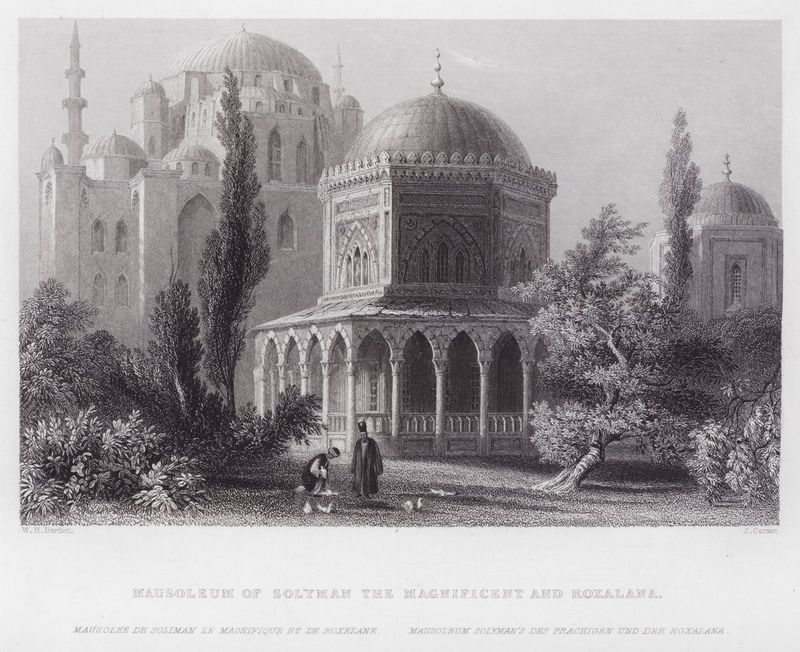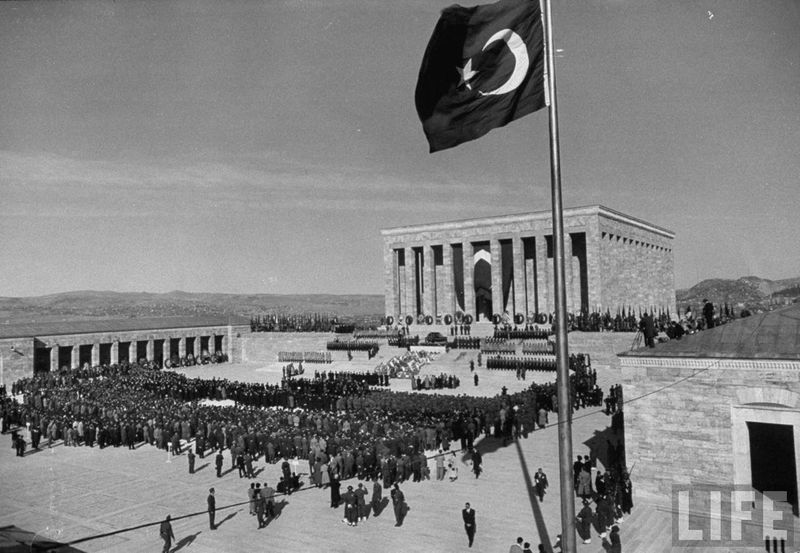Throughout history, the powerful leaders who shaped our world have often been commemorated with grand tombs. These resting places, rich in history and architectural splendor, offer a glimpse into the past and the grandeur that surrounded these figures. From ancient civilizations to modern times, these tombs not only serve as a place of rest but also as a symbol of the leader’s legacy, culture, and influence.
Tomb of Tutankhamun
The Tomb of Tutankhamun, discovered in 1922 in the Valley of the Kings, Egypt, is renowned for its opulence. Tutankhamun, the young pharaoh of the 18th Dynasty, died around 1323 BCE.
His tomb, though smaller than other royal tombs, was filled with stunning artifacts, including a solid gold coffin and a famous gold mask.
The tomb’s discovery by Howard Carter captivated the world and contributed significantly to our understanding of ancient Egyptian culture and burial practices.
Mausoleum of Augustus
The Mausoleum of Augustus stands as a testament to the first Roman Emperor’s legacy. Situated in Rome, Italy, it was completed in 28 BCE and served as Augustus’ resting place after his death in 14 CE.
This grand circular structure was surrounded by lush gardens and adorned with impressive statues.
Though it fell into disuse over the centuries, recent restoration efforts have highlighted its historical importance, drawing visitors eager to glimpse the grandeur of Rome’s imperial past.
Taj Mahal
The Taj Mahal, built in 1632 in Agra, India, is not just a tomb but a symbol of enduring love. Commissioned by Shah Jahan for his beloved wife Mumtaz Mahal, who died in 1631, its white marble façade is adorned with intricate inlays.
This UNESCO World Heritage Site attracts millions of visitors each year for its stunning architecture and romantic backstory.
Its reflection pool and garden layout further enhance the ethereal beauty, making it one of the most iconic structures in the world.
Pyramid of Khufu
The Great Pyramid of Giza, built around 2560 BCE, is one of the most awe-inspiring tombs in history. Constructed for Pharaoh Khufu, it remains a marvel of engineering.
This massive stone structure has withstood the test of time, standing as the last surviving wonder of the ancient world.
The pyramid’s precise alignment and massive scale continue to intrigue researchers, symbolizing the might and ambition of ancient Egyptian civilization.
Tomb of Qin Shi Huang
The tomb of Qin Shi Huang, the first Emperor of China, is a vast underground complex discovered near Xi’an. Dating back to 210 BCE, it’s famously guarded by the Terracotta Army.
These life-sized statues represent the emperor’s army, believed to protect him in the afterlife.
The tomb’s layout and the craftsmanship of the warriors reflect the emperor’s influence and the rich cultural heritage of ancient China, drawing millions of visitors.
Valley of the Kings
The Valley of the Kings, a burial ground for Egyptian pharaohs, lies on the west bank of the Nile, opposite Luxor. Used between 1539 and 1075 BCE, it houses over 60 tombs, including that of Tutankhamun.
The tombs are renowned for their intricate decorations and hieroglyphic texts.
This site reflects the grandeur and religious beliefs of ancient Egypt, offering insights into their burial practices and the afterlife.
Les Invalides
Les Invalides, in Paris, France, is where the remains of Napoleon Bonaparte rest. Built in the 17th century, it became Napoleon’s final resting place in 1840 after his death in 1821.
The site is notable for its grand dome and impressive military museum.
Les Invalides not only commemorates Napoleon’s enduring influence on French and European history but also serves as a museum dedicated to France’s military history.
Lincoln’s Tomb
Lincoln’s Tomb, located in Oak Ridge Cemetery in Springfield, Illinois, is the burial site of Abraham Lincoln, the 16th President of the United States. Completed in 1874, it marks where Lincoln was laid to rest in 1865.
The tomb’s design is stately, reflecting Lincoln’s importance in American history.
Visitors from around the world visit this site to honor the president who led the nation during the Civil War and abolished slavery.
Westminster Abbey
Westminster Abbey in London, England, is a historic Gothic church with a rich history of royal coronations and burials. Established in 960 AD, it’s the final resting place for numerous British monarchs, including Elizabeth I.
Its architecture is stunning, with detailed stone carvings and beautiful stained glass windows.
This iconic site continues to be a focal point for significant national ceremonies and attracts countless visitors each year.
Mausoleum of Genghis Khan
The Mausoleum of Genghis Khan, located in Inner Mongolia, China, commemorates the legendary Mongolian leader who died in 1227. Although not his actual burial site, it serves as a symbolic resting place.
The mausoleum incorporates traditional Mongolian design, reflecting Genghis Khan’s enduring legacy.
Visitors come to pay tribute to the man who united the Mongol tribes and established one of the largest empires in history.
Ho Chi Minh Mausoleum
The Ho Chi Minh Mausoleum, located in Ba Dinh Square, Hanoi, is a solemn tribute to Vietnam’s revolutionary leader. Ho Chi Minh, who passed away in 1969, rests here.
The mausoleum’s stern granite façade reflects the leader’s austere lifestyle.
Visitors pay their respects to the man who played a crucial role in Vietnam’s fight for independence, making this mausoleum a site of national importance.
Kaiser Wilhelm Memorial
The Kaiser Wilhelm Memorial Church in Berlin, Germany, is both a place of remembrance and architectural wonder. Originally built in the 1890s, it was partially destroyed during World War II.
The ruins were preserved, and a modern structure was added, creating a striking contrast.
This memorial commemorates Kaiser Wilhelm and serves as a poignant reminder of the destruction of war and the hope for peace.
Hagia Sophia
Hagia Sophia in Istanbul, Turkey, originally constructed in 537 AD as a basilica, has served various religious roles over the centuries.
Though not a traditional tomb, it houses the remains of several Byzantine emperors.
Its massive domes and intricate mosaics make it an architectural marvel, symbolizing the cultural and religious shifts in the region throughout history.
Mausoleum of Halicarnassus
The Mausoleum of Halicarnassus, located in Bodrum, Turkey, was one of the Seven Wonders of the Ancient World. Built in 353 BCE, it honored Mausolus, a Persian satrap.
Its towering columns and elaborate sculptures set a standard for monumental tombs.
Though it was destroyed by earthquakes, the term ‘mausoleum’ originates from this grand structure, symbolizing its lasting influence on tomb architecture.
Tomb of Cyrus the Great
The Tomb of Cyrus the Great, located in Pasargadae, Iran, is a testament to the founder of the Achaemenid Empire. Dating back to 530 BCE, its simple yet majestic design reflects Cyrus’s enduring legacy.
Surrounded by a barren landscape, the tomb stands as a symbol of the empire’s early grandeur.
Today, it is a UNESCO World Heritage Site, attracting those interested in ancient Persian history.
Royal Tombs of Ur
The Royal Tombs of Ur, situated in present-day Iraq, date back to around 2600 BCE. These ancient Sumerian tombs are known for their rich artifacts, including jewelry and musical instruments.
Excavations have revealed insights into the Sumerian civilization’s burial practices and social hierarchy.
The discovery of these tombs has provided a wealth of knowledge about one of the world’s earliest urban societies.
Peter the Great’s Tomb
Peter the Great’s Tomb is located in the Peter and Paul Fortress in St. Petersburg, Russia. The tomb, adorned with gold elements, reflects the grandeur of Peter’s reign and his efforts to modernize Russia.
He was interred here in 1725, marking the end of an era.
Visitors can explore the fortress and gain insight into Peter’s lasting impact on Russian history and culture.
Tomb of Suleiman the Magnificent
The Tomb of Suleiman the Magnificent, located in Istanbul, Turkey, is a grand example of Ottoman architecture. Suleiman, who died in 1566, is remembered for his military conquests and legal reforms.
The tomb’s detailed tile work and elegant design reflect his influential reign.
Visitors to this site can appreciate the artistic and cultural achievements of the Ottoman Empire during its peak.
Tomb of Ataturk
The Tomb of Ataturk in Ankara, Turkey, is a modern mausoleum honoring the founder of the Republic of Turkey. Completed in 1953 after Ataturk’s death in 1938, it features a solemn design with a vast courtyard.
The mausoleum’s simplicity and grandeur reflect Ataturk’s enduring legacy and his role in transforming Turkey into a modern nation-state.
It remains a site of national pride and reflection for Turkish citizens.
